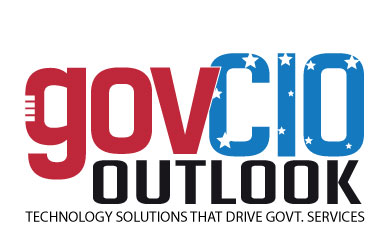Welcome back to this new edition of Gov CIO Outlook !!!✖
February - 20219GOVERNMENT CIO OUTLOOKonline services replacing walk-up services is creating efficiencies for organizations and their customers while improving the customer experience. Online payments and permits are accelerating and some organizations have moved to virtual building inspections through video conferencing tools. The paradigm shift to touchless digital services is forcing different business functions to rethink how services will be provided in the future and driving new innovation into processes and services. Organizational structures may need to change to adapt to new processes and services as business functions are consolidated into new digital channels and end to end processes. Cybersecurity controls need to evolve in parallel with the remote workforce and digital transformationThe abrupt shift to a remote workforce and expanded digital services has required organizations to enhance cybersecurity awareness training and adopt secure remote access solutions. The home networks of teleworking staff provide new challenges to securing access and practicing good cyber hygiene across the workforce. Phishing campaigns continue to accelerate to harvest credentials and attack networks. Strong cybersecurity controls will maintain a crucial role in digital transformation.Digital equity While the COVID-19 pandemic pushed organizations and educational institutions into expanded digital services, it also caused new challenges to the households that were part of the digital divide. Schools moved to online classes and many libraries closed or reduced capacity for patrons who used libraries for internet access.Some students are forced to do assignments and online learning from smart phones or travel to a school parking lot to access the Wi-Fi. Many communities and internet providers created short-term programs to expand no-cost or low-cost internet access to help students and residents obtain internet services, but digital equity will be more important than ever in the post-COVID era with a permanent shift to more digital services.Permanent changes to operating modelsCOVID-19 has accelerated digital transformation across the world and operating models are undergoing permanent shifts to provide more digital services, reduce touch points with customers, and support a larger remote workforce. Some organizations have already shifted part of their workforce to a permanent remote model and are reducing real estate investments and costs. The change is driving rental and housing vacancies in large cities and disrupting traditional downtown business models. A new work-from-anywhere model is driving growth in lower cost locations, reducing traffic congestion in cities, impacting public transportation usage, and driving large investment increases in remote collaboration tools. While some organizations may return to traditional office settings again after COVID-19, others have already adopted the current remote workforce strategy as permanent. Traditional onsite employers may experience challenges competing with employers who have a larger remote workforce and offer more flexibility and work/life balance. As the public sector accelerates new digital services to adapt to the COVID-19 world, they're also changing their operating models to better align digital services with business functions and end to end processes. While it will take time for organizational transformation to this new world, the next wave of the digital revolution has begun in the public sector.
< Page 8 | Page 10 >
< Page 8 | Page 10 >
